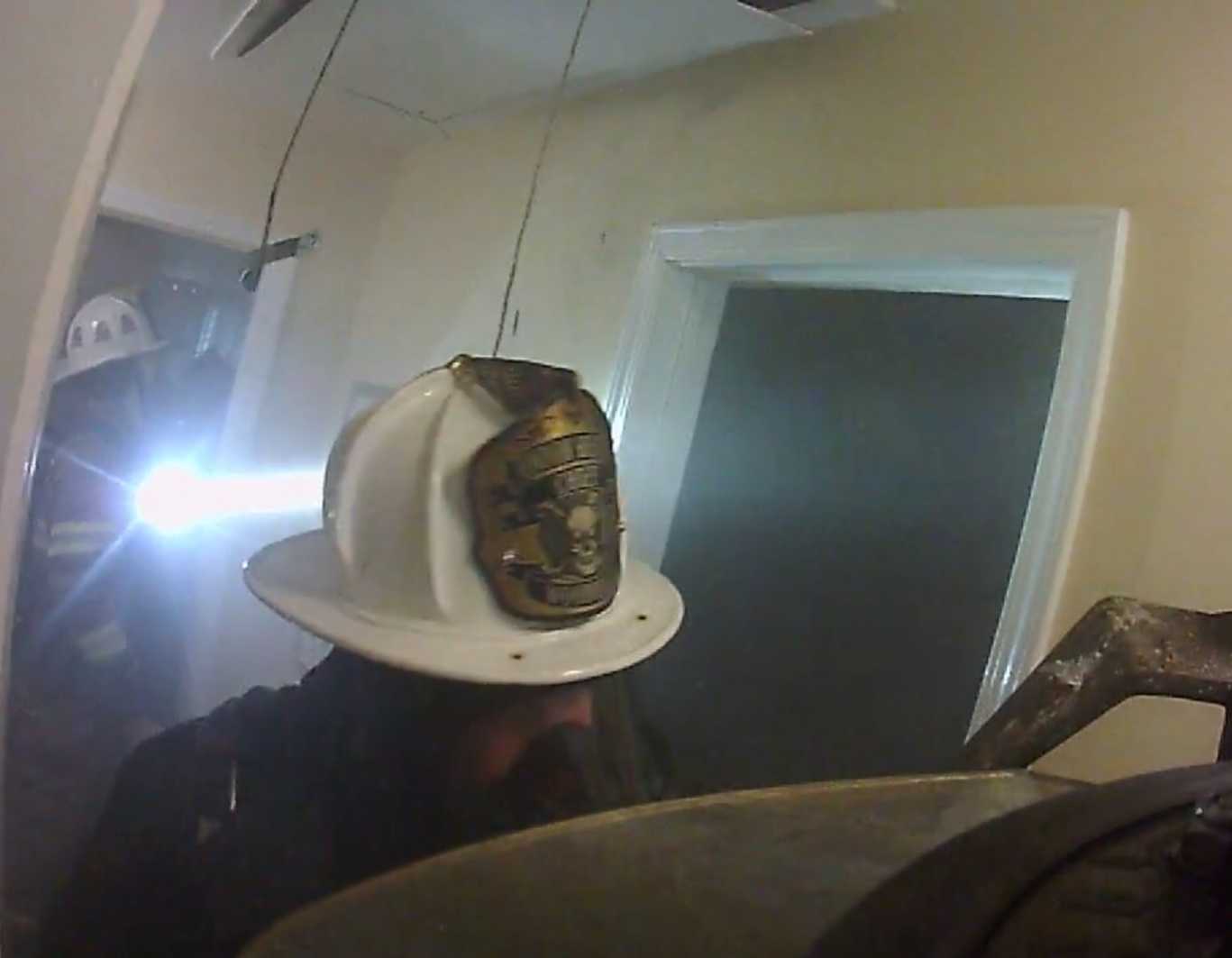The Next Step In Forestry Firefighting
- Robert Woodhead

- Apr 1, 2016
- 3 min read
SATIRE
This week, several outlets have announced the newest, safest and most innovative recommendations for firefighter safety in the wilderness setting. After years of studies and collaborative efforts, the Occupational Safety and Health Administration (OSHA), International Fire Service Training Association (IFSTA), and the National Institute of Standards and Technology (NIST) have announced minimum standards that will be required for future federal grant funding.

One topic of discussion that was discussed at last week’s seminar, held in Southern California (SoCal) with Cal-OSHA in attendance, was the usage of Self-Contained Breathing Apparatus (SCBA) in the wildland setting. The venue almost seemed uncanny as it is known as the “Home To Several of America’s Most Dangerous Wilderness Firefights.” Firefighters across the region have been extinguishing these types of fires for many years, and studies have discovered that wild-land firefighters are now contracting the same type of malignancies as structural firefighters. Cancer-causing combustibles have been found within the burn areas of several wild-land fires, especially since more exposures have been subjected to ignition than in previous years. Among those exposures, 95% of them were either SLICED or DICED. Which makes forestry firefighting nearly equivalent to structural firefighting. “Whether standing on the front lawn or fighting the valleys of California, we are all the same, so why not treat the dangers the same?” asked Rich Weiner, head of research & delivery at the University of California.

SCBA usage will become more of the norm in future years whether we are willing to accept change. As studies and the newest publications of IFSTA have shown, firefighters will continue to apply more emphasis on OUR own safety, rather than the safety of others.
Cancer has been a known hazard for years. Manufacturers are currently constructing new prototypes for a slimmer, more lightweight version of structural SCBA’s to accommodate for the smaller spaces that are found within the cabs of today’s brush apparatus. Recommendations have also been made but were tabled for the next seminar at FDIC in April, to have a slimmer, agile facemask that can be remembered as an acronym. This recommendation comes straight from IFSTA, as it was noted to “Keep it simple and understandable for firefighters to remember.”
Other sources have stated that OSHA will be meeting with senior executive research analysts to establish a “baseline respiratory protection factor across the entire fire service, as a whole.” OSHA has acknowledged the introduction of synthetic material to most burn areas, whether it be small rubbish fires in outdoor spaces or large, wildland fires that extend for acres or hundreds of acres. Recent studies have shown smoke conditions above outside fires are 65% more hazardous in 2014-2015 than ever before. It is unknown what the main source of hazardous chemicals are, but it is being conspired that it is from the “synthetics that are illegally dumped or placed by human factors”.
Along with wildland SCBA requirements, air monitoring conducted by 3rd party organization or state OSHA rep, not attached to the fire department, will also be required to ensure a safe working atmosphere for all firefighters.
Since the old “War Days” are behind us, so are the days of using natural fabrics and materials in our forest fires. Synthetics are plaguing our fire service, and the only way we know how to fight it is to remove ourselves completely from its greedy fingers. By removing ourselves from the harm of cancer, we are maintaining firefighter longevity and keeping the insurance claims adjustors happy. Perfect.
Fellow F.O.O.L.S.,
If you get what I’m saying, leave a comment. And be sure to share this information with your friends.
FTM – PTB – RFB



Kommentare